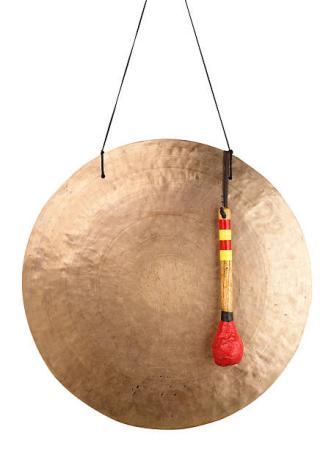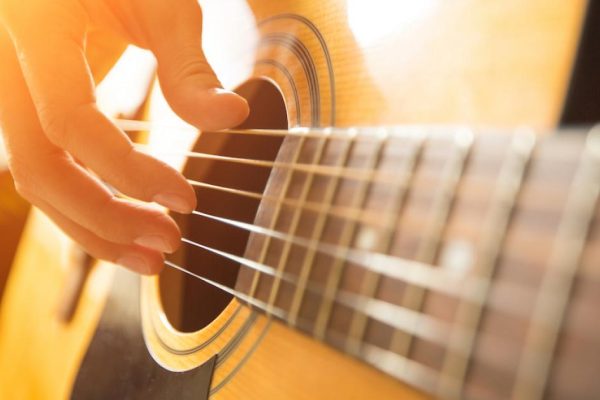The gong is a musical instrument that produces deep, resonant tones when struck. It is typically made of metal, such as bronze or brass, and is known for its rich and vibrant sound. The gong holds great cultural and spiritual significance in various traditions around the world, including Asian and Western cultures. It is often used in meditation, sound healing, and musical performances to create a sense of calm and relaxation.
Preparing for Gong Playing
Before engaging in gong playing, it is essential to prepare yourself and the space around you. Find a quiet and peaceful area where you can focus on the sound and vibrations of the gong without distractions. Ensure that the gong is securely mounted or placed on a stable stand to prevent accidents. Familiarize yourself with the different striking tools available, such as mallets and gong sticks, and choose the appropriate one for the desired sound and effect.
Dos of Gong Etiquette
To ensure a respectful and immersive gong playing experience, here are some essential dos to keep in mind:
Do Respect the Gong
Treat the gong with reverence and respect. Recognize its significance as a sacred instrument and approach it with a humble attitude. This attitude will not only enhance your own experience but also honor the instrument’s cultural and spiritual heritage.
Do Warm Up Before Playing
Like any physical activity, warming up is crucial before playing the gong. Engage in simple stretching exercises to loosen up your muscles and prepare your body for the movements required during gong playing. This will help you maintain proper form and prevent any strain or injury.
Do Use Proper Technique
Mastering the proper technique is essential for producing the desired sounds from the gong. Learn the correct way to hold the striking tools, position your body, and strike the gong surface. Take lessons or seek guidance from experienced gong players to develop your technique effectively.
Do Experiment with Different Striking Tools
Different striking tools produce different sounds on the gong. Experiment with various mallets, gong sticks, or even your hands to explore the wide range of tones and textures the gong can produce. This experimentation will help you develop your own unique playing style and expand your sonic palette.
Do Control the Volume
Be mindful of the volume of the gong when playing in different settings. Adjust your striking force to produce a volume that is appropriate for the space and the occasion. Remember that the gong’s resonance can be powerful, so ensure that the sound remains pleasant and not overpowering.
Do Observe Silence Between Strikes
Allow time for the sound of each strike to fully resonate before playing the gong again. Embrace the silence between strikes as an integral part of the musical experience. This silence allows the sound to dissipate and create a sense of depth and tranquility.
Do Clean and Maintain the Gong
Regularly clean and maintain your gong to preserve its quality and longevity. Use a soft cloth to remove dust or fingerprints from the surface. Be cautious with cleaning agents, as some may affect the gong’s material. Consult the manufacturer’s guidelines or seek professional advice if needed.
Do Respect Cultural Traditions
If you are playing the gong in a cultural or spiritual setting, familiarize yourself with the specific traditions and customs associated with its use. Respect and honor these traditions by adhering to the appropriate rituals, attire, and protocols.
Don’ts of Gong Etiquette
Avoid the following actions to maintain proper gong etiquette and ensure a harmonious playing experience:
Don’t Strike the Gong Abruptly
Avoid striking the gong abruptly or without intention. Each strike should be deliberate and purposeful, allowing the sound to develop fully and naturally. Sudden strikes can create jarring sounds that disrupt the overall flow and harmony.
Don’t Overplay the Gong
Be mindful of the duration and frequency of your gong playing. Overplaying the gong can result in a monotonous sound and may exhaust the listener. Find a balance between playing the gong to convey your desired message and allowing sufficient pauses for the sound to resonate.
Don’t Strike the Gong Too Hard
While it is important to strike the gong with enough force to produce a resonant sound, avoid striking it excessively hard. Excessive force can lead to distorted or unpleasant sounds, and it may also damage the gong’s surface or structure. Strike the gong with precision and control.
Don’t Use Inappropriate Striking Tools
Ensure that you use the right striking tools for your gong. Using inappropriate or mismatched tools can result in unintended sounds or even damage the gong. Familiarize yourself with the different tools available and choose the ones that are suitable for your gong’s size, material, and desired sound.
Don’t Overwhelm the Space with Sound
Consider the acoustics of the space you are playing in. Avoid overwhelming the environment with excessively loud or prolonged gong playing. Pay attention to the balance between the gong’s sound and the surrounding ambiance, creating an immersive and harmonious experience.
Don’t Neglect the Gong’s Maintenance
Proper maintenance is vital to preserve the quality and longevity of your gong. Regularly inspect the gong for any signs of wear, such as cracks or damage. Address any maintenance issues promptly to ensure optimal sound production and prevent further damage.
Don’t Disrespect Cultural Customs
When playing the gong in a cultural or spiritual context, respect the customs and traditions associated with its use. Avoid actions or behaviors that may be considered disrespectful or offensive. Cultivate a deep appreciation for the cultural significance of the gong and honor it accordingly.
Conclusion
Mastering gong etiquette is essential for any gong player who wishes to create captivating and harmonious melodies. By following the dos and don’ts outlined in this article, you can enhance your gong playing skills while respecting the cultural and spiritual heritage of this ancient instrument. Remember to approach the gong with reverence, experiment with different techniques and striking tools, and maintain the gong’s cleanliness and integrity. By doing so, you will be able to create enchanting and captivating sounds that resonate with both yourself and your audience.



